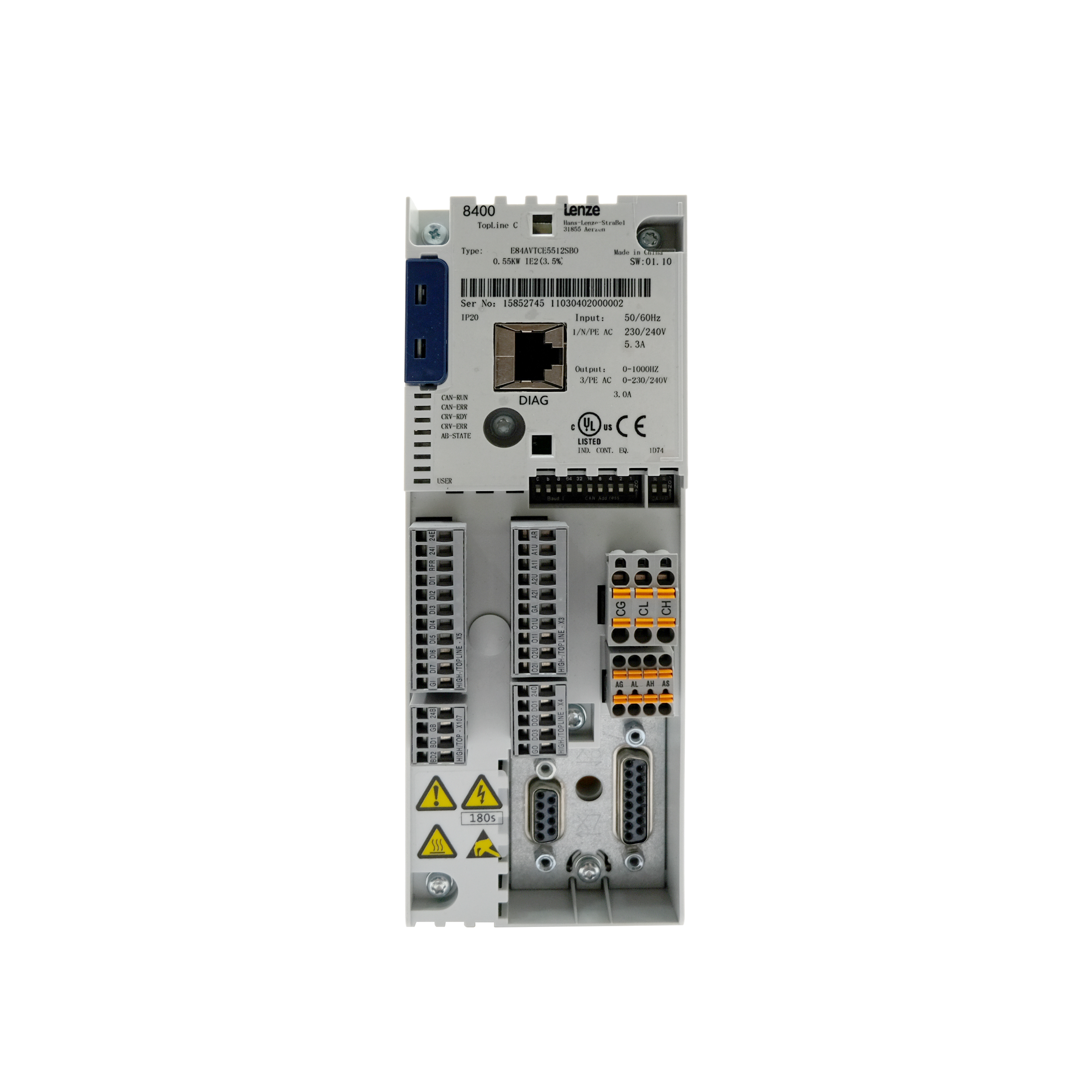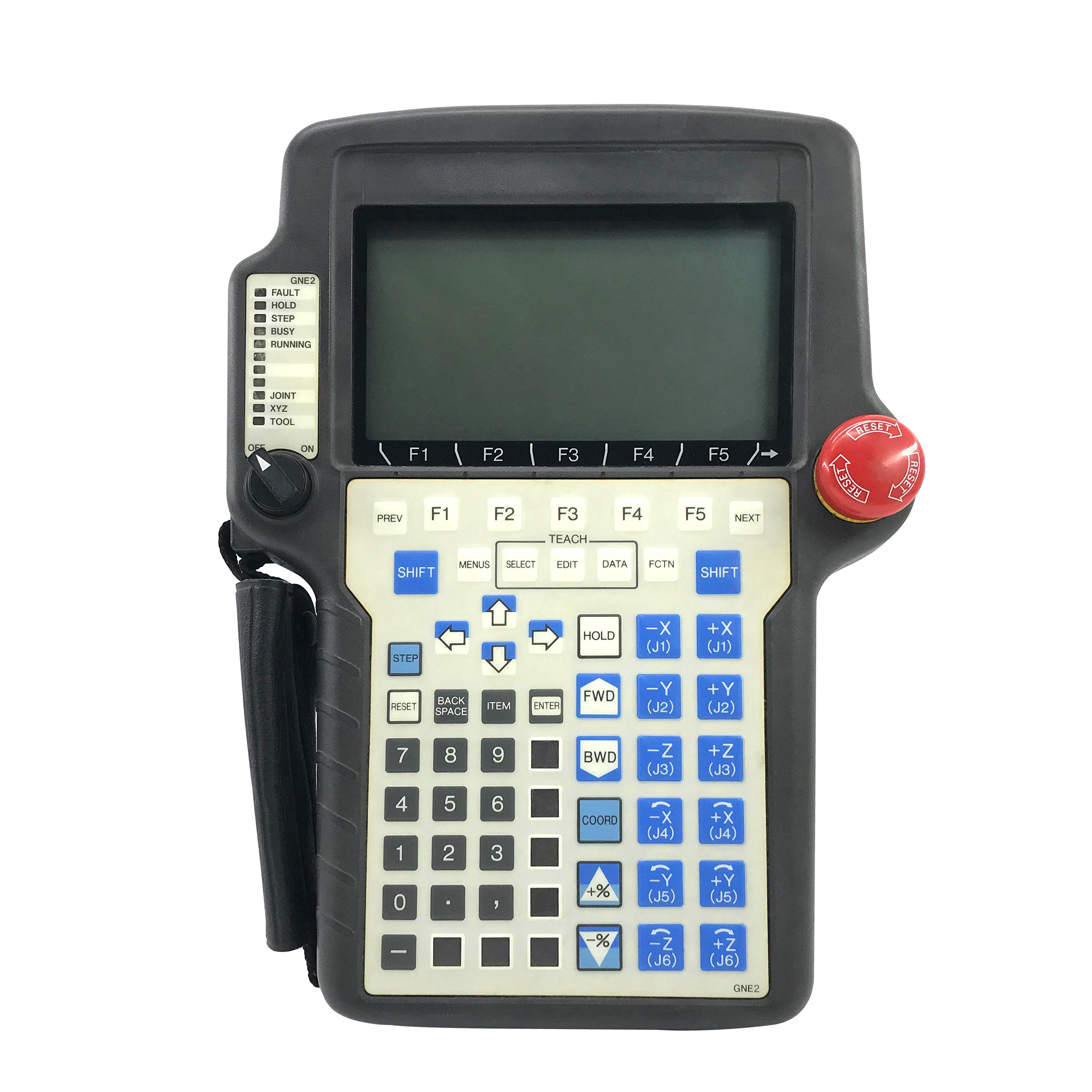plc programming
PLC programming represents a fundamental technology in industrial automation, serving as the backbone of modern manufacturing and process control systems. Programmable Logic Controllers (PLCs) execute programmed instructions to control machinery and industrial processes with precision and reliability. The programming process involves creating logical sequences using various programming languages such as Ladder Logic, Function Block Diagram, or Structured Text. These programs enable PLCs to monitor inputs, make decisions based on programmed logic, and control outputs in real-time. PLC programming incorporates essential functions including timing operations, counting sequences, mathematical calculations, and complex process control algorithms. The technology features robust error handling capabilities, extensive diagnostic tools, and the ability to communicate with other industrial devices through various protocols. Applications span across numerous industries, from manufacturing assembly lines and packaging systems to building automation and energy management. Modern PLC programming environments offer sophisticated development tools, simulation capabilities, and integrated debugging features that streamline the programming process and ensure reliable operation.

